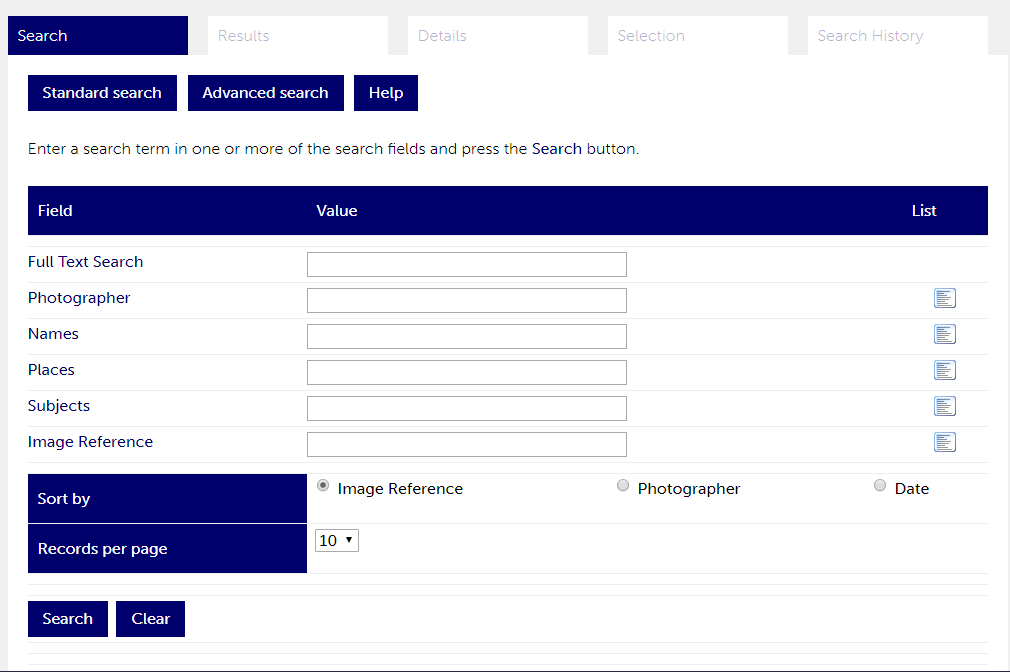Jersey Archive
“With collections recognised by UNESCO, the Jersey Archive is the Island’s national repository holding records on all aspects of Jersey’s history” – Source
The Jersey Archive is a huge collection of photographs and records that document every aspect of the island life, some date pieces date all the way back to 1378. Over these years, the Jersey Archive has amounted over 300,000 photographic records that are open to the public. The archive includes things such as documentation of laws, documentary photography of buildings and areas, public records of houses, churches and other services and films and footage of the wars.
The Jersey Archive works digitally too, users can search the online archive to find the pictures they’re looking for:

We attended multiple sessions at the Société Jersiaise (a place founded in 1873 for the study of Jersey archaeology, history, the ancient language and the conservation of the environment) that works closely with the Jersey Archives. During those sessions, we were taught about the importance and impact of Photo Archives and given access to use archival photographs in our personal projects.
Photo Archives and the future
“Photo archives—collections of photographs held by libraries or museums—have long been essential tools for research in the humanities. As digital technology evolves, will these archives become obsolete, evolve, or take new forms altogether?” – Source
“That is our heritage, whether it be digital or analog. However, both formats have their own issues that need to be addressed if we want future generations to see what we have seen and visually documented.“ –Source
Photo archiving has become very important in the last years, preserving our past and documenting it in a way that future generations can understand and learn from is the driving force behind countless archival projects all over the globe. Since technology is developing at such a fast pace, many present day photo Archives function digitally; photographs are stored as digital copies on huge servers that can be viewed by the public while the actual photographs are locked away and preserved.
